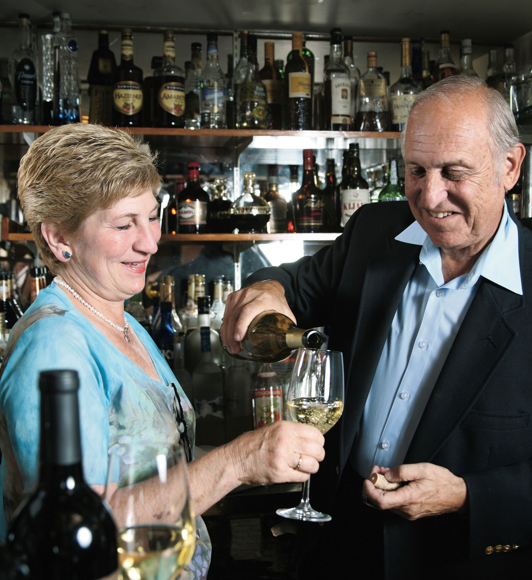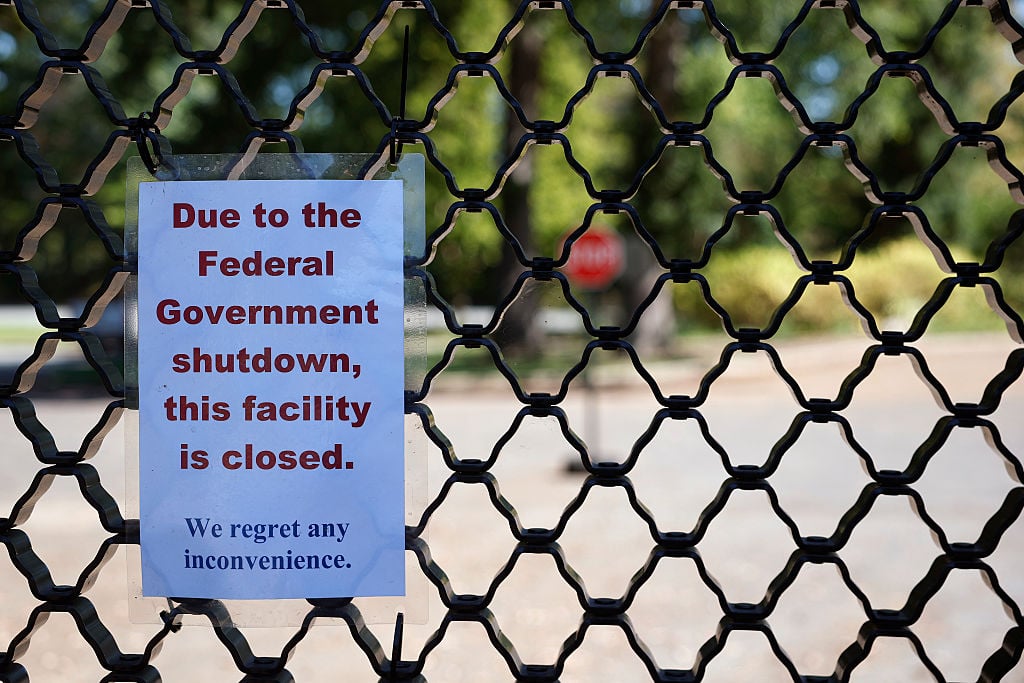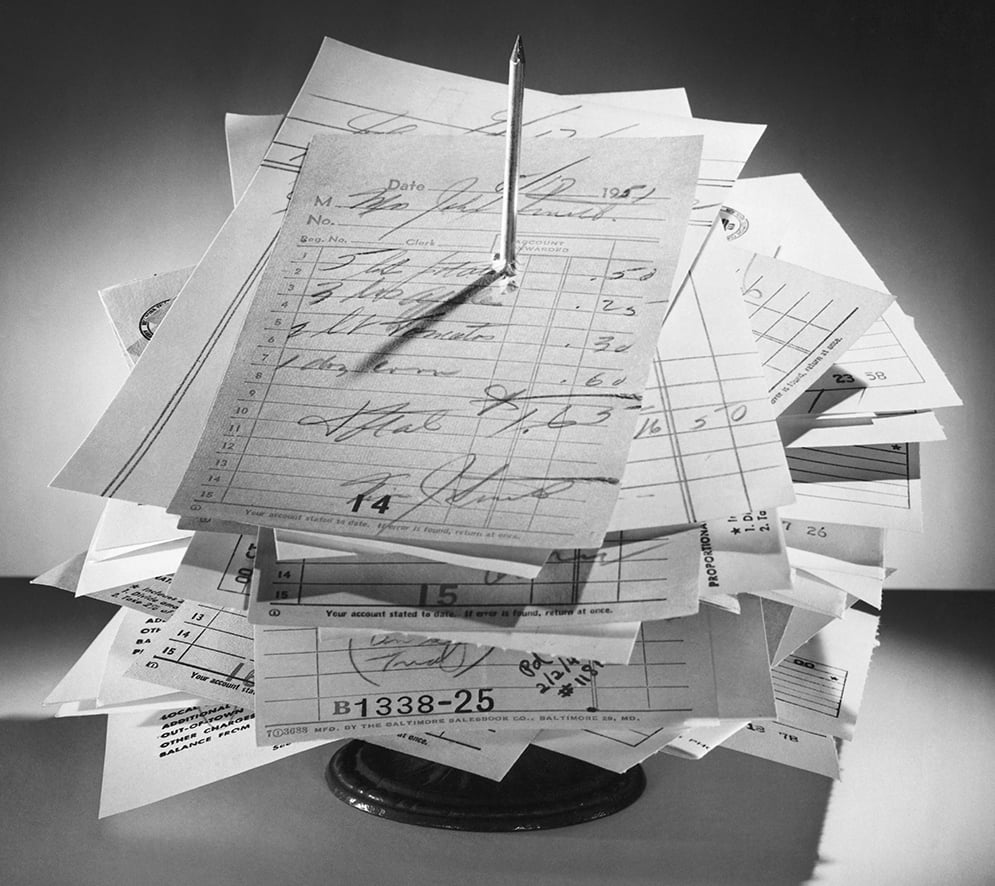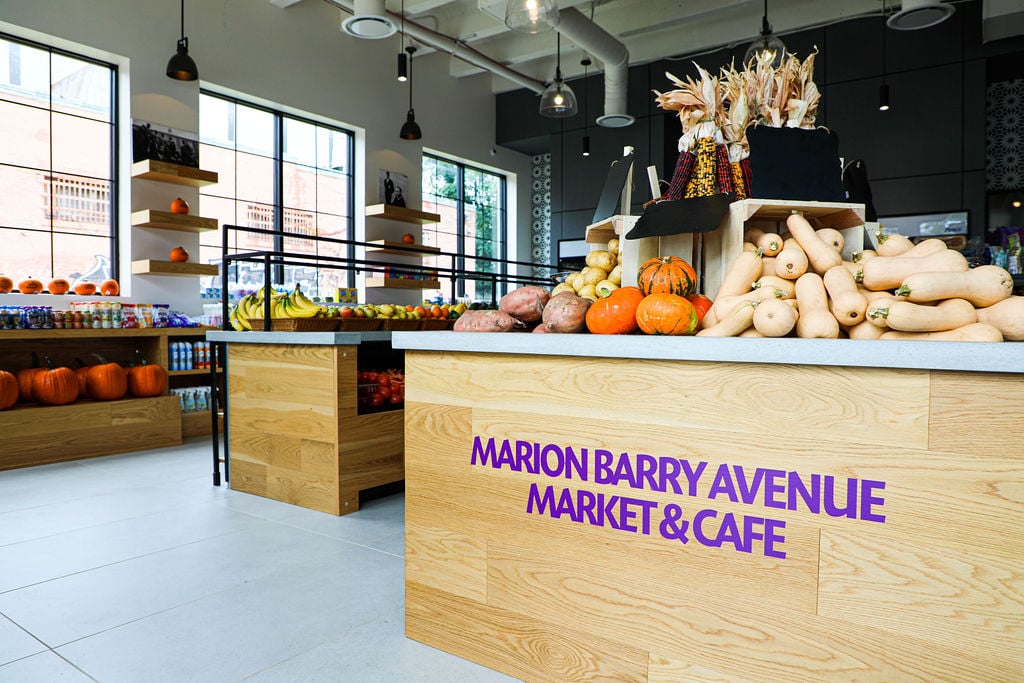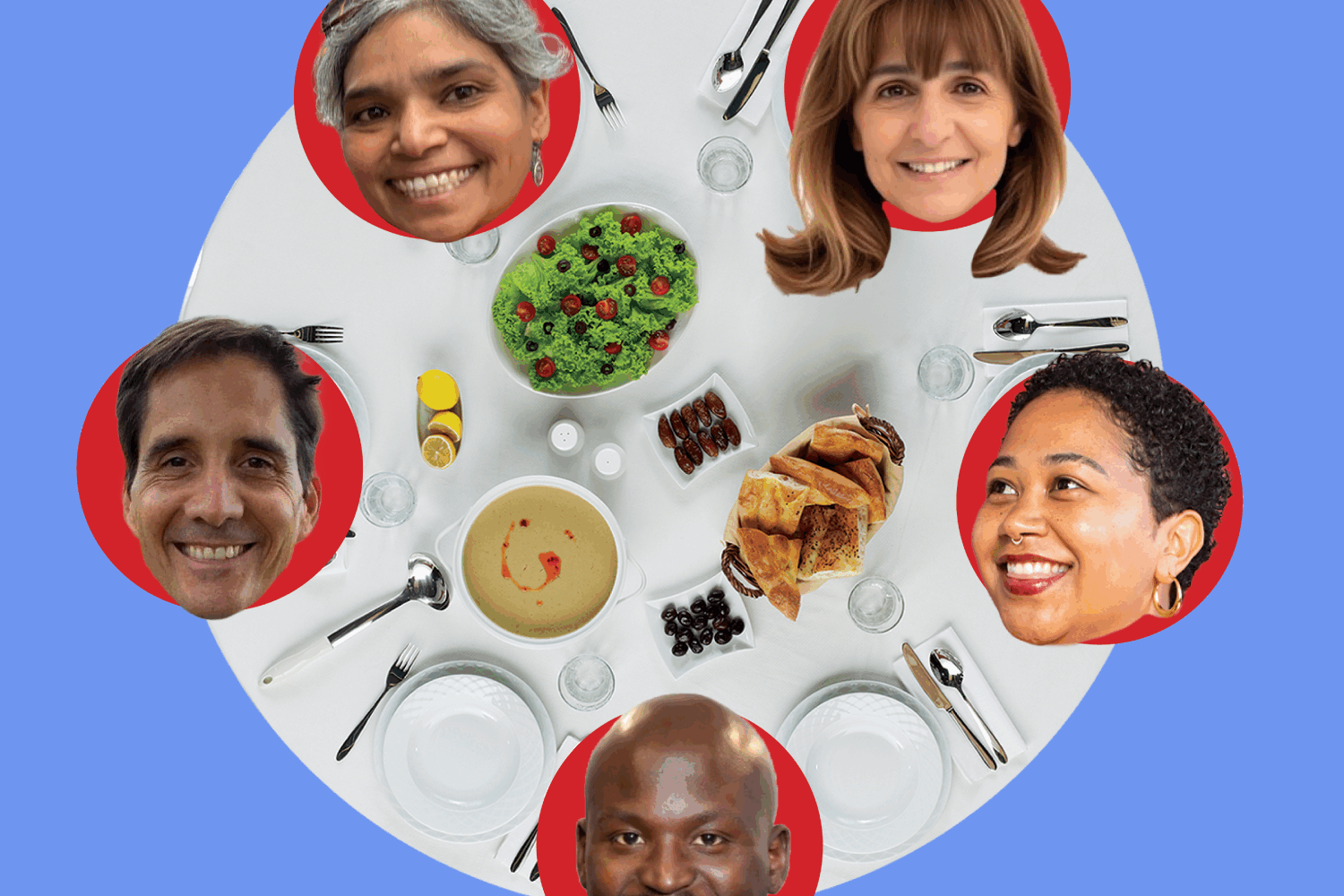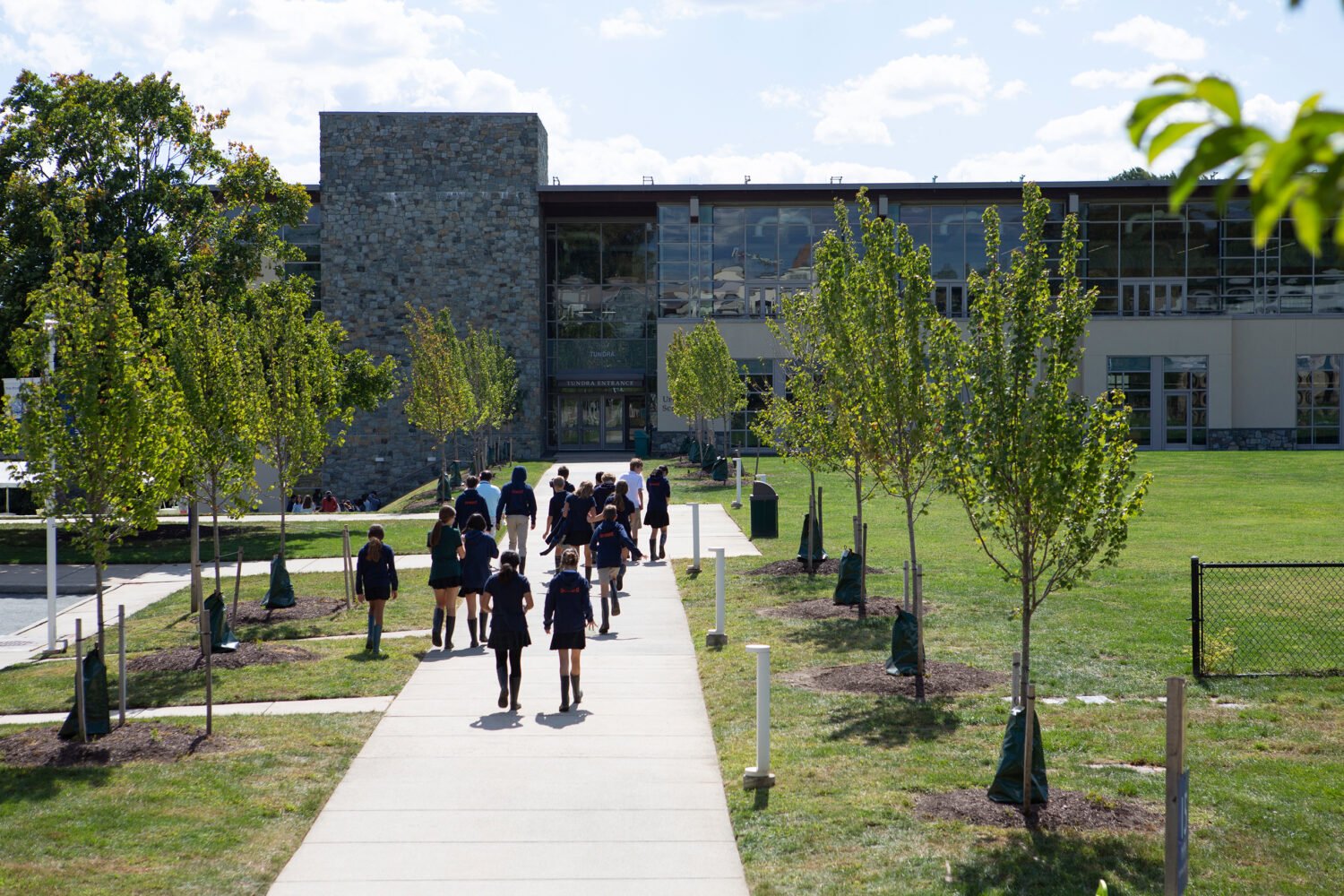You might not have heard of Marvin Stirman, but if you’ve bought wines here, he’s influenced your choices. Stirman spent a quarter century selling wine, then the next 25 years as a wholesaler, selling wine to the people who sell it to you. Now, having retired for a second time five years ago, he’s selling his own wine—from a base of operations in . . . Leisure World?
A Silver Spring retirement community is an odd place to run a winery, especially one at the northern end of California’s Napa Valley. The view from the apartment that Marvin shares with his wife, Phyllis, is not lush, rolling vineyards but the roof of a civic center with a golf course in the distance. Their home is decorated with Asian art (hers) and a collection of crystal decanters (his). Stirman works out of a small den that betrays male clutter but is neatly arranged, as if Phyllis sneaks in and tidies up when Marvin’s not around.
They bought the apartment in 2002 as a comfortable place to spend their twilight years, enjoy visits from their five daughters and nine grandchildren, and rest up from world travels. But Stirman, 74, wasn’t inclined just to work on his putting. So he created Calistoga Estate Vineyards.
“When I reached 50 years in the business, I knew I deserved to retire, but I have this passion for wine,” he says. “I had done retail and wholesale, and the only thing left to do was to be a supplier, and that meant producing wine.”
Only Napa Valley would do, Stirman decided, so he went there in 2002 and scouted out land. The prices convinced him he couldn’t do it alone, so he came home and recruited 28 investors—relatives, acquaintances, former customers—who shared the wine lover’s dream of owning a winery.
And it is still mostly a dream: There’s a hillside home overlooking the Silverado Trail, one of the two major roads that traverse the length of Napa Valley, but there are no vineyards yet and no actual Calistoga Estate winery.
For now, Calistoga Estate wines are produced in neighboring Sonoma County at Adler Fels winery in Santa Rosa, a custom-crush facility that provides services to other wineries. Stirman travels there several times a year to meet with winemaker Harry Parducci and develop the final cuvées. The wines are blended with juice purchased from Napa County wineries that produce more than they can use, products of the grape glut that has hit California as acreage planted has risen faster than demand.
“The quality of what’s coming out of California as overproduction may be the biggest thing to hit the wine market in recent years,” Stirman says.
As Stirman speaks, he gestures and fidgets with his outsize reading glasses. After 50 years of twisting corks and pouring wine for customers, his hands can’t stay still.
“I’m doing what every wine lover would like to do,” he says.
In a market where even modest Napa Valley Cabernet Sauvignon or Merlot can fetch $40 a bottle, Calistoga Estate sells for $15. Unlike mass-market “California” labels such as Red Truck, Stirman uses only Napa Valley juice for Calistoga Estate wines.
He’s aiming for the accessibility and drinkability of bargain wines with a touch of Napa character: “I want wines—and I believe consumers want wines—that are soft and easy to drink, with no tannin and no oak” from barrel aging.
That, of course, rules out much of what defines Napa wine. The wines he’s created—a Sauvignon Blanc, a Chardonnay, a Merlot, and a Cabernet Sauvignon—are dependable and enjoyable if unexciting. The Sauvignon Blanc is old-style California, meaning it lacks the grassy, herbal flavors New Zealand gets from the grape or the stony character of Sancerre, though there is some lemon-curd flavor lurking within. The Chardonnay is one-dimensional. The reds are more successful—the Merlot featuring hints of coffee and chocolate, the Cabernet softened with a splash of berry-scented Syrah. Yet I found my attention wandering before I reached the end of those bottles.
Other tasters are more enthusiastic. “It’s not easy to find a good American Cabernet at this price,” says Brian Zipin, general manager and sommelier at the DC restaurant Central Michel Richard, who recently added the Calistoga Estate Cabernet Sauvignon to his list after one of Stirman’s investors recommended it. The Cab, he says, can fit on his list in the low-to-mid-$30 range, well below the $44 he charges for his next domestic Cabernet.
“Restaurants need wines that are immediate—ready to drink—and this one offers nice black-currant fruit with few tannins, yet enough structure that you can have a second glass,” he says. “I think it goes well with our food.”
Calistoga Estate also has fans on the retail front. “These are well-done, fairly priced wines that fill a void in the $12-to-$17 range,” says Robert Luskin, co-owner of Bell Liquors in downtown DC, which sells the complete line. “People may not ooh and aah over them, but they will enjoy them with dinner.”
Stirman began in the wine business when he returned from military service during the Korean War. He had been stationed in Germany and visited wine regions in his off-hours. His father owned Calvert Liquors in upper Georgetown, and Marvin decided to direct the store’s emphasis toward wine. “There were only one or two stores in DC then specializing in wine,” he recalls.
One of those was Plain Old Pearson’s, just up Wisconsin Avenue. A stiff competition developed. “Those two stores really duked it out,” says Bobby Kacher, a DC-based wine importer. “They were catalysts for what became the Washington wine scene.”
Today more than a dozen stores in the District vie for wine lovers’ attention, with new stores trying to wedge their way into the market. There’s a thriving retail wine market in the suburbs, especially in Northern Virginia.
But back in the 1950s and ’60s, wine was a hard sell. “I realized I needed someone with an accent,” Stirman recalls. So he hired a Frenchman, dubbed him “sommelier,” and sent him onto the retail floor.
The stroke of marketing genius paid off. Customers began expressing interest in trying different types of wines, so Stirman organized a wine club, Les Amis du Vin, to conduct tastings and market his wares. He soon discovered that charging admission and even a membership fee kept out the riffraff, and a national wine society was born; it ultimately had 30,000 members.
One regular at Les Amis du Vin functions was Robert Parker, who became the world’s most influential wine writer with his newsletter, the Wine Advocate.
Les Amis du Vin “was a brilliant way to encourage the growing number of wine enthusiasts,” wrote Elin McCoy in her biography of Parker, The Emperor of Wine. “As they learned more, they would become even better customers, buying more—and more interesting and expensive—wine from the store.”
Another regular was Luskin of Bell Liquors, who in 1964 took over his father’s “half-pint liquor store” with the aim of turning it into a wine destination, much as Stirman had transformed his father’s store. Luskin looked to Calvert Liquors as a business model.
“Marvin was a pioneer,” Luskin says. “He brought California wines into this market before anyone else—back before the California wine boom began in the late 1960s.”
Stirman’s other marketing innovation resulted from a mistake. When the 1959 vintage of Bordeaux debuted to international acclaim and high prices, Stirman passed on them, believing they wouldn’t sell. He overcompensated when the 1961 vintage proved even more favorable, and he ordered four barrels’ worth—96 cases—of each of the top 55 wines. Facing a massive COD bill, he decided to take advantage of the hype about the vintage and presell the wines. Thus he claims credit for introducing the concept of “futures” to wine marketing.
By the late ’70s, Stirman had tired of retail. He negotiated a merger with Woodley Liquors to form Calvert-Woodley on Connecticut Avenue in DC—still one of the city’s major wine retailers. By then he had created Wines Ltd., a Maryland-based distributing company, and spent the next 25 years importing and distributing wines to retailers and restaurants. He sold Wines Ltd. in 2003 and retired. But not for long.
Stirman is growing his new business. Calistoga Estate produced 2,500 cases of wine last year. He hopes to double that by the end of 2007, with a goal of 8,000 cases and nationwide distribution by the end of 2008. With Phyllis’s help, he also plans to market a Calistoga Estate coffee. She owned a coffee shop, the Perfect Cup, for 17 years in Bethesda’s White Flint Mall. “There were no Starbucks then,” she says ruefully.
Stirman speaks of his “passion” for wine, but it’s clear he’s a businessman who sells wine rather than a winemaker who must sell the fruit of his labors. It’s a distinction Stirman readily acknowledges.
“I hate to say it, but this really is just a product,” he says, pointing to a bottle of his Sauvignon Blanc. “And if I’m not a good businessman, this effort will fail. I spend too much time in this office. I would love to be out there all the time.”
Where? The golf course? The vineyards?
“No, the street—selling the stuff!” Stirman says. He reaches to refill my glass and breaks into a wide smile.
Tasting Notes
Marvin Stirman is repeating the Calistoga Estate model with a second label, American Winetasters Society, made with small lots of surplus wines from throughout California. He created the label hoping to repeat the magic he’d had with Les Amis du Vin, but rather than a membership society, this is a label that implies exclusivity.
Each lot of wine makes only a few hundred cases, and they’re marketed mostly in the Washington region. Pearson’s on DC’s Wisconsin Avenue and Silesia Liquors in Fort Washington are the primary retail outlets. The wines typically sell for $17 to $20.
Recent offerings included a beautifully fragrant but syrupy-sweet Pinot Noir from Mendocino County and a delicious black-currant-scented Cabernet Sauvignon from Napa Valley’s Rutherford district. A Merlot from the Oakville appellation of Napa Valley should be on the market in September.

